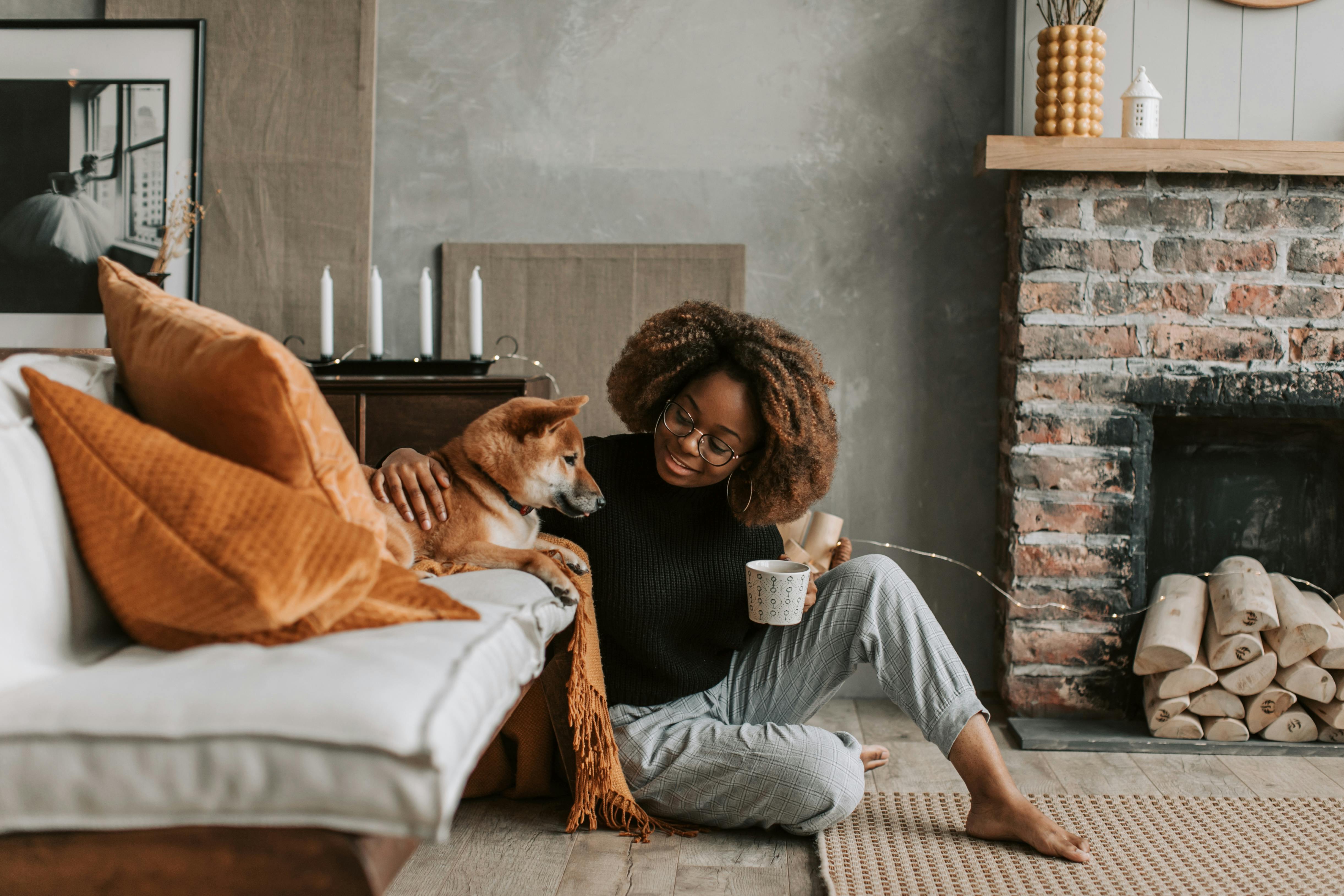One of the charges of responsible dog ownership is training your dog to behave appropriately in the company of others; including those outside the “package” of it.
As with all of your dog’s negative behaviors, it’s helpful to understand why your dog is exhibiting this undesirable behavior. The top three reasons for jumping are quite diverse, which helps you better determine which one is best for your dog.
- To set an Alpha position – Assertive dogs will jump on people, coats, and beds to assert their dominance.
- pure and innocent enthusiasm – Friendly dogs greet each other by sniffing acorns with facial scents. Since humans are bipedal, they present a greater challenge to the dog who wants to greet people who visit his den. They need to jump.
- Jumping has been positively reinforced in the past: Owners who are flattered by the attention they receive often respond to their dog’s jumps with a little play time, an affectionate talk, a walk, or a treat. Guess what message this sends to your dog.
If your dog fits the profile of the latter two, the techniques outlined in this article will definitely get you the help you need. However, if you sense that your dog is trying to establish dominance, you will need to apply alpha dog training before addressing the jumping behavior. That training topic is beyond the scope of this article and has actually been covered in another article I’ve written. OK lets start. During this training process, you need to be aware of the fact that dogs become very confused if they are allowed to perform a certain behavior once; but then they are punished for the same behavior at a different time. The point: To teach your dog not to jump on others, you must first train him not to jump on you. So, think about the last time your dog was excited to see you. He jumped on you? If so, what was your reaction? Did you happily receive his show of affection and say “down, down” in a pleasant tone? If you reacted this way, or in some similar way, you gave him “permission” in dog language to do it again. Next point: Consider this workout as more than just breaking an annoying habit. Jumping on your dog can be really dangerous. Of course, the magnitude of the danger is directly proportional to the size of your dog. But injuries can result. And even if no one is physically hurt, many people could mistake the jump for a seizure. Which could end up as a legal matter. Minor results could be dirty or damaged clothing; strained friendships; or fewer visits from people you enjoy as company. And, if you’re dealing with a senior animal, at some point, such behavior could lead to hip or joint injury for your dog. So, let’s first work on training your dog not to jump on you. I have found quite a few techniques in my research that are designed to break this habit in a dog. I have selected the four that I believe will also allow you to effectively employ the same method to prevent your dog from jumping on others and on you. The “snub” method
This technique serves to further impress your dog that you are Alpha in this den. This method requires you to completely ignore your dog when you get home for at least 15 minutes. No greetings, no caresses. Any. If he tries to give you a “jump” hug, simply turn your back and walk away. If the annoyance continues, use a squirt gun to his face or a “shaker can” to curb his enthusiasm. He will eventually realize that your coming home is not something to celebrate. At that point, follow the same technique with visitors. Restrain your dog for the first 15 minutes before allowing him to mingle with company.
The “off-balance” method
Dogs like to be firm and sure-footed. Being unbalanced makes them seek physical stability. So use this to your advantage. When your dog jumps, take a step forward so your dog is forced back and put all four paws back on the ground. When he’s down, give him the “sit” command, then greet him with calm but warm praise. For smaller dogs, instead of stepping forward, simply extend your leg gently towards the dog to achieve the same effect without stepping on it. Over a period of time, your dog will learn what behavior produces the desired results: positive attention from him. Later, when visitors arrive, he will be conditioned to obey their command to “sit” rather than board his company.
The “open hand” method
When your dog tries to jump, open your hand palm down and force him down to the ground with your palm touching his nose. Immediately give the command “down”. When he has all four paws on the ground, give him the “sit” command. End with a hello and some praise. Repeat this each time and very soon you will find that the way to avoid an unpleasant feeling in your nose is to sit rather than jump.
The basic “sit command” method
If you’ve been serious about your obedience training, you’ll be able to avoid any “jumping” simply by issuing the “sit” command whenever your dog approaches you, the postman, Grandma, or even strangers. If this method doesn’t work, go back to your basic obedience training until it does. Obeying the “sit” command consistently and reliably will resolve many other negative behaviors you may experience in the future.
There you have Four methods to try. I must confess that I would never use the “Snub” method. I really enjoy giving my dog immediate attention when I get home. If I ever require such training for my dog, I would probably give preference to the “Sit Command” method as it does not involve restrictive physical contact with your dog. But I am so I. Best of luck whichever method you use.
